Two years ago, I published a list of all German WW2 encryption machines I was aware of. Meanwhile, I have some new information. Here’s an update.
Most readers certainly know the Enigma. But did you know that the Germans used or designed about 15 more cipher machines during World War 2? As I had never seen a comprehensive list, I assembled one myself and published it in a blog post in 2016. Meanwhile, I have some new information about German WW2 encryption machines (most of it comes from my readers) as well as a few new pictures. For this reason, I can now introduce an updated list. The entries at the top of the list (Enigma, Lorenz machine, …) have not changed, but there is a lot of new information at the end of the list.
1. Enigma
The Enigma is by far the most popular cipher machine in history. It was used by the Germans in World War 2. About 30,000 copies were built. As is well known, the Polish broke the Enigma in the 1930s, and the British could decipher considerable parts of the German Enigma traffic during WW2 in their codebreaking facilities in Bletchley Park.
2. Siemens & Halske T52 (Geheimschreiber)
The T52 (Geheimschreiber) was used to encrypt telexes. An early version of it was broken by Swedish mathematician Arne Beurling.
3. SZ 40/42 (Lorenz machine)
The Lorenz machine was another cipher machine used for encrypting telexes. British encryption experts in Bletchley Park broke it with their codebreaking machine Colossus.
4. Siemens & Halske T43
The T43 was one of the first cipher machines based on the One Time Pad concept. It was used to encrypt telexes. Only few copies were built, none of them is known to have survived.
5. SG-41 (Hitler mill)
The Schlüsselgerät 41 was the successor of the Enigma. It was unbreakable at that time, but it took the Germans too long to develop and deploy it. Only a few hundred copies were used in practice.
6. SG-39
The Schlüsselgerät 39 was never mass-produced (see here for details). It was meant as the successor of the Enigma, but finally the German cryptologists preferred the SG-41 for this purpose. Like the Enigma, the SG 39 is a rotor cipher machine, but it had more rotors and an irregular rotor movement. It was probably unbreakable at that time.
7. Kryha Standard
The Kryha Standard is a design from the 1920s. It proved to be quite unsecure. It therefore didn’t play a major role in World War 2, neither in Germany nor in any other country. However, the German secret service used a few Kryhas in South America.
8. Kryha Liliput
The Kryha Liliput has the size of a pocket watch. It is compatible with the Kryha Standard.
9. Hell Geheimschreiber
The Hellschreiber was a predecessor of the fax machine. There was also a cipher machine especially designed for encrypting Hellschreiber traffic. It was referred to as “Hell Geheimschreiber”. Not much is known about it. No pictures are known to exist.
10. Menzer plate
The Menzer plate was a simple cipher machine based on three notched wheels invented by German cryptologist Fritz Menzer. It was used as a field cipher for secret agents.
11. Schlüsselkasten
The Schlüsselkasten (cipher box) was designed as a cheap and portable Enigma alternative. It was abandoned in the planning stage.
12. Schlüsselrad
The Schlüsselrad (cipher wheel) as a field agent cipher device. It comprised two disks, one showing on its periphery the standard alphabet plus the digits 0 to 9, the other one showing on its periphery a keyword-mixed alphabet.
13. Schlüsselscheibe
According to Michael Pröse’s PHD thesis, there was a device named “Schlüsselscheibe” (key disk). It is mentioned in the TICOM report.
14. Heimsoeth & Rinke Cylinder
The National Cryptologic Museum owns a cipher cylinder produced by Heimsoeth & Rinke in Berlin (that’s the company that also produced the Enigma). Nothing is known about this device.
15. Zuse’s Encryption Computer
German engineer Konrad Zuse (1910-1995) created the world’s first programmable computer, the Z3, which became operational in 1941. Thanks to this machine and a few others, Zuse is often regarded as the inventor of the computer. As can be read in my book Codeknacker gegen Codemacher, Zuse thought about using his digital machines for encryption. Horst Zuse, Konrad Zuse’s son, provided me a letter his father wrote to the technology department of the German army in 1939, in which he suggested to build an encryption device based on his digital calculation machines. He even provided a simple encryption algorithm of his own design. However, the German military showed no interest. Anyway, Konrad Zuse can be regarded as the inventor of computer-based encryption.
16. Small Device
According to Michael Pröse’s PHD thesis, there were plans for a machine called “the small device” (“das kleine Gerät”). It was meant as a portable device for tactical encryption. It was probably never built.
17. Spracherschwerungsgerät
There were several German companies and research institutions that worked on a voice encryption device during WW2. However, none of these developments came even close to practical maturity. In 1943, the WNV (a military authority responsible for telecommunication) tried to pool all these efforts. From now on, only two voice encryption devices were to be developed. The first one, named “Spracherschwerungsgerät” (speech complication device), was a low-level voice encryption apparatus, the purpose of which was to protect communication from listeners not having advanced technical equipment. This device did not comprise a key. It didn’t reach practical maturity before the end of the war.
18. Speech encipher equipment
The second voice encryption apparatus the WNV ordered was a “secure encipher equipment” suitable for highly confidential traffic. When the war came to an end, this device was still under development.
If this list is complete, the Germans used or developed 18 cipher machines in World War 2. There is still much room for further research. If you have information about this topic, please let me know.
Follow @KlausSchmeh
Further reading: A fascinating report of Enigma’s contemporary witness, Max Rüegger

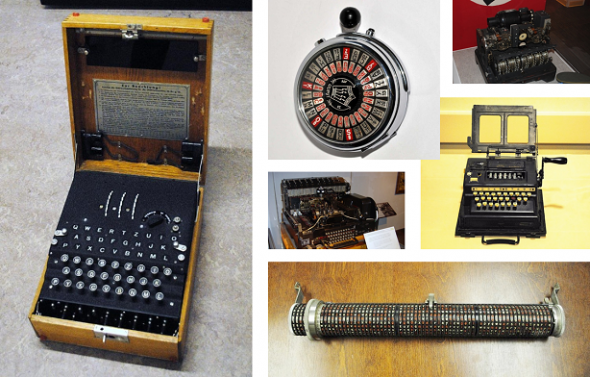

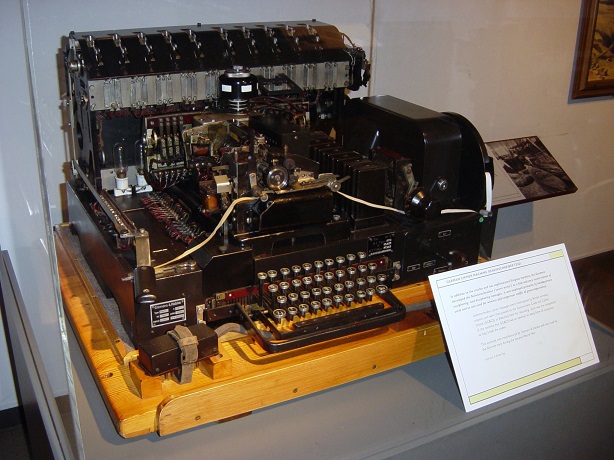
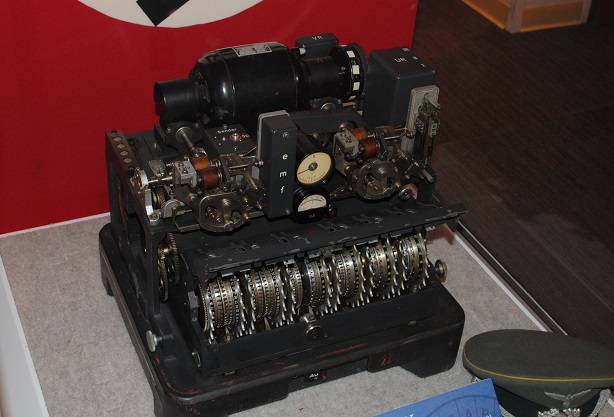
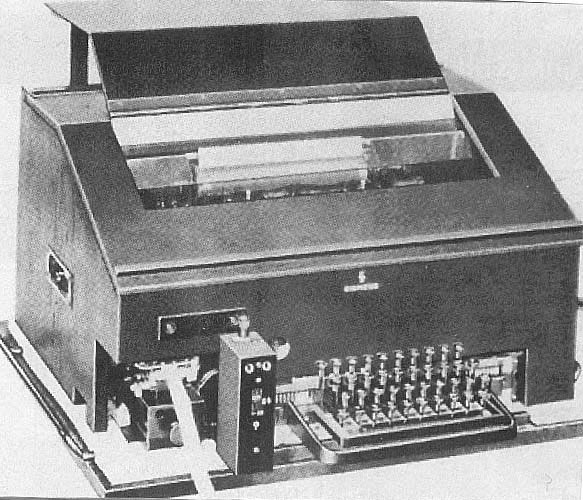
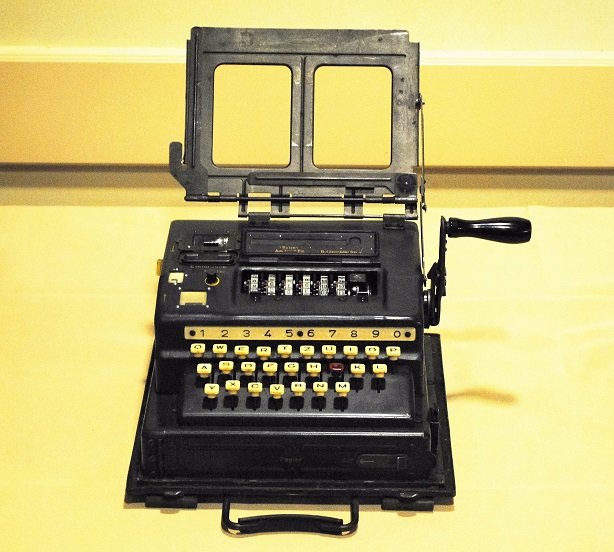
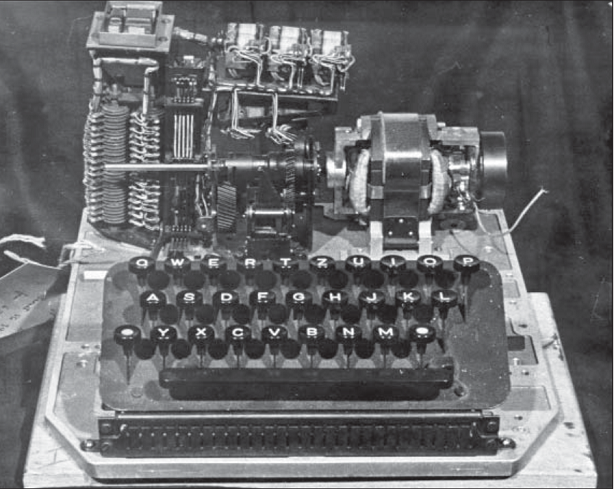
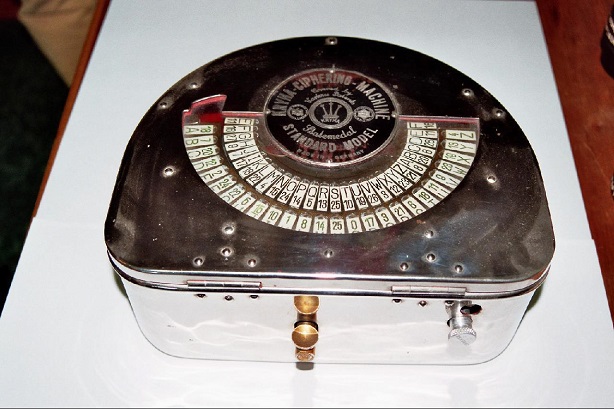
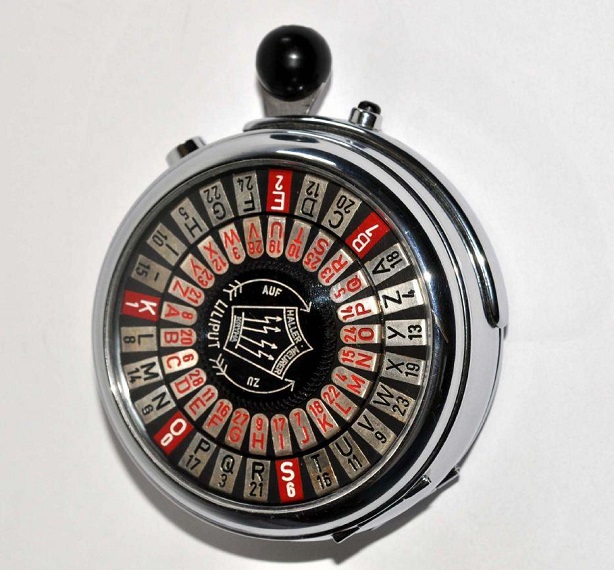
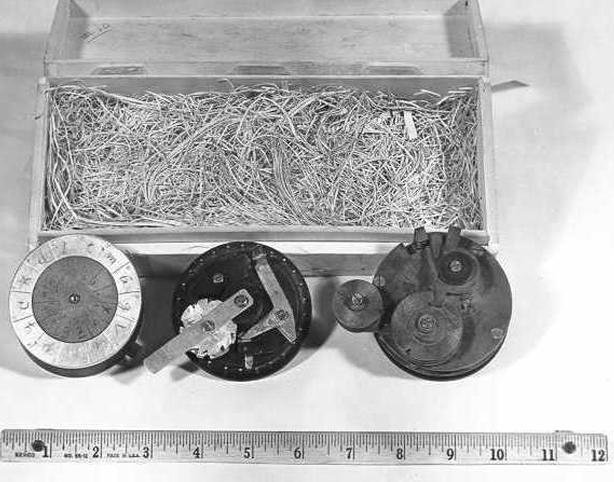
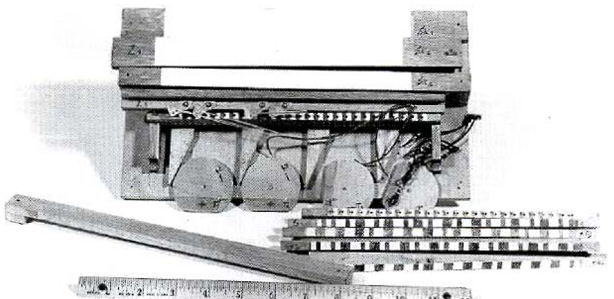
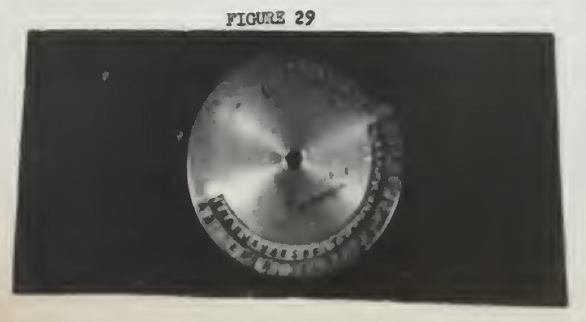



Kommentare (4)